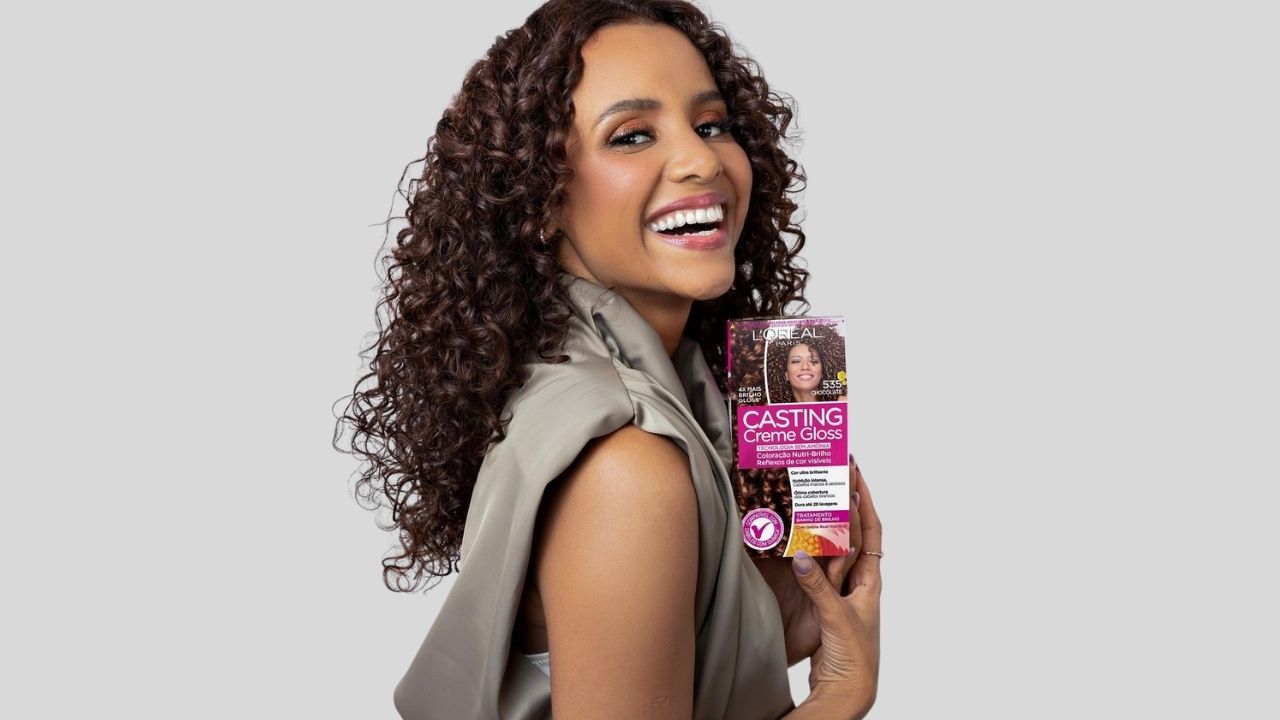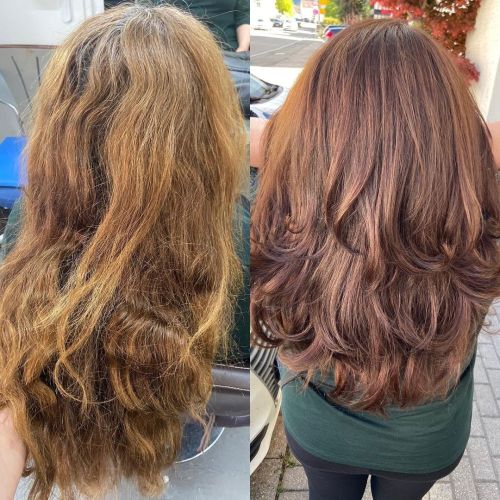Split Ends: Types, Causes and Effective Ways of Treatment
Let’s face it, split ends happen. Between hot hairstyling tools, product overuse and hair coloring, getting split ends can be practically inevitable. But dry, damaged hair doesn’t have to be your reality. Read on to find out what causes split ends, what the best treatment for them is, and how to get rid of them once and for all.
Recommended Video
What Exactly are Split Ends?
Split ends are the result of damaged hair where the tips of your hair shaft begin to split and fray. You’ll notice a hair that is split into two or more pieces. The best way to tell if you have them is to check your hair. Simply bend one strand over your finger. Now check to see if the shaft is ragged. If your locks are starting to tangle often, you probably have split ends. You can also ask your stylist to check your ends for any damage during your next appointment.
16 Different Types of Split Ends
From a traditional split to a feather split, there are a whopping 16 different types of split ends! Want to identify them on your own? Read on to learn more.
 Source
Source
- Traditional Split: This is where the hair splits in two and resembles the “Y” shape.
- Baby Split: This has all of the makings of a soon-to-be split end, but the hair shaft hasn’t completely separated yet.
- Triple Split: If your hair is separating into three pieces, you’re dealing with a triple split.
- Doubly Y Split: This is where the strand has separated in two and then split again off of one of the branches.
- Incomplete Split: The hair shaft is weakening in a specific spot but hasn’t completely split yet.
- Long Split: Another form of the beginnings of a split end, the hair shaft has started to separate in a specific spot.
- Deep Split: The hair has split in two with the “Y” high on the shaft.
- Taper: You’ll notice the cuticle has started to peel away, this is typically caused by chemical damage.
- Thickening: This is where the ends are still intact but the actual texture of the hair is beginning to change.
- White Spots: Severe chemical burns can cause visible white spots you’ll see in your hair shafts.
- Right Angle: This is where the hair begins to bend at an angle.
- Off Shoot: The hair has begun to “thicken” along the shaft and has bonded together again.
- Crinkle: Your locks appear visibly wrinkled. This is typically due to excessive heat styling or chemicals.
- Tree Split: Just like the name for it, this is where you’ll see many different pieces of the shaft coming apart, resembling a tree and its branches.
- Feather Split: This type resembles a feather in appearance; you’ll see many different splits along one side of the hair shaft.
- The Knot: A problem common among curly-haired girls, the knot isn’t a split end, but it can lead to more tangles.
Myths vs. Reality: What Causes Split Ends?
Besides knowing how to fix split ends, everyone wants to know what causes them to begin with. There is actually a variety of different factors that can damage your hair. Here are some of the most common:























